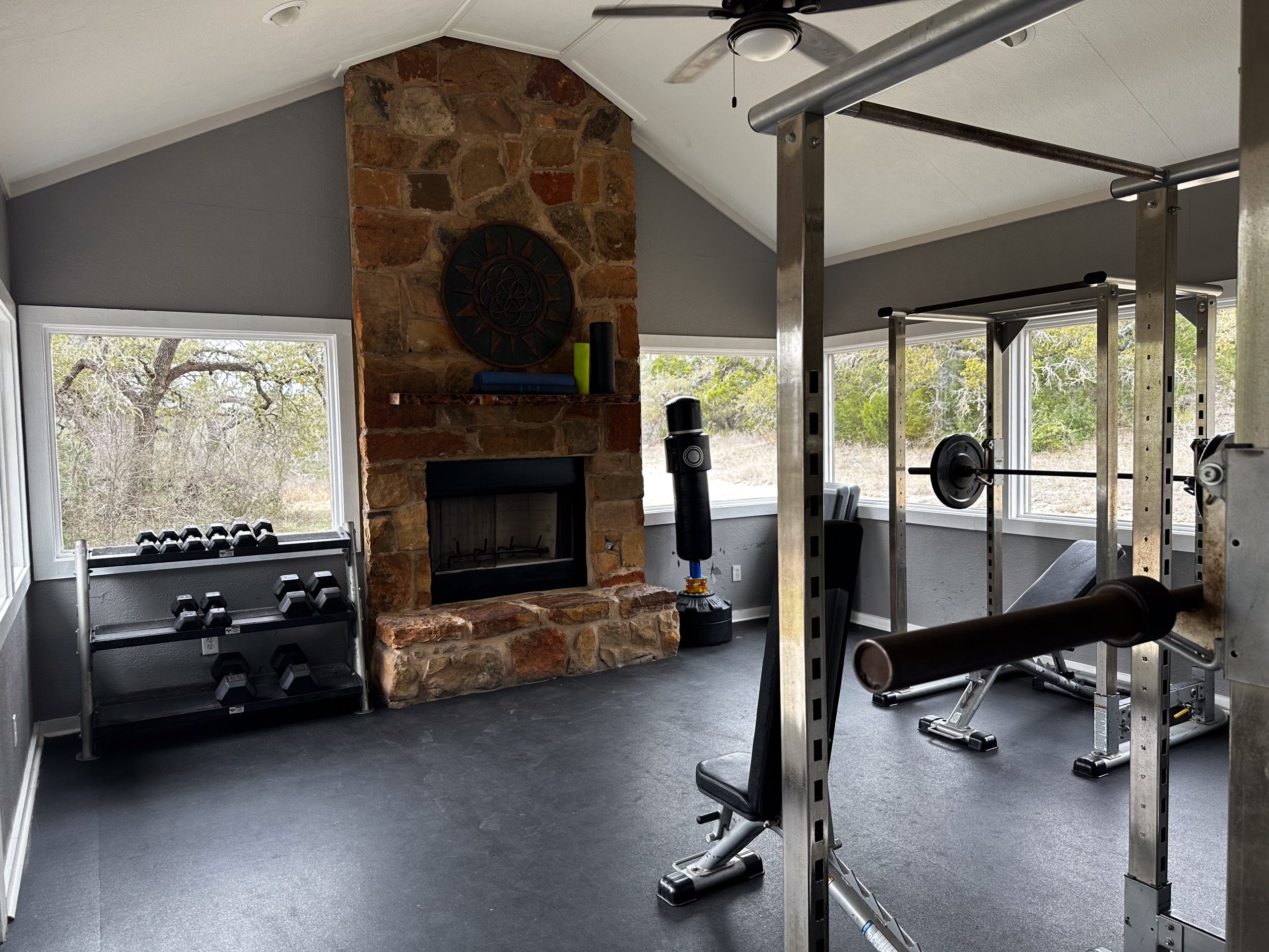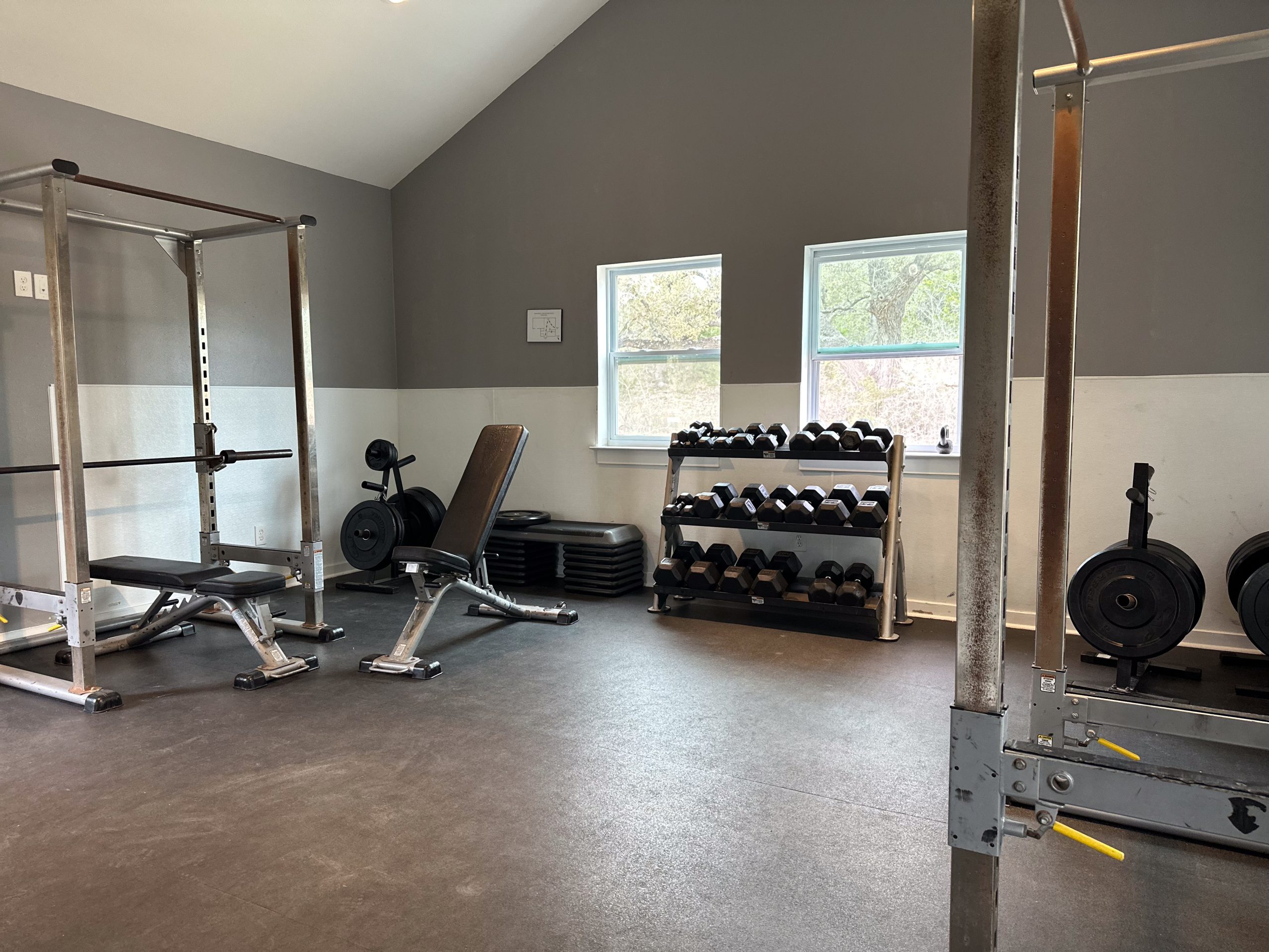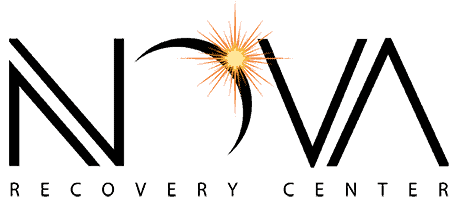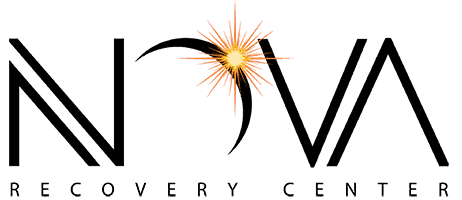Drug Abuse Test Kits & Blood Testing
Key takeaways
- At‑home drug abuse test kits provide quick, qualitative screening, but lab confirmation is recommended for decisions.
- A blood test for drugs and alcohol is best for recent use; for alcohol, detection is typically up to about 12 hours.
- Interpret results in context—medications, timing, and cutoffs matter—and seek professional guidance when needed.
Table of Contents
Why testing is used in addiction and mental health
Drug and alcohol tests help answer specific questions: Was a substance used? How recently? Is treatment on track? Testing appears in workplaces, clinics, emergency rooms, legal settings, and recovery programs. It screens for misuse of illegal substances and some prescriptions but, on its own, does not diagnose a substance use disorder.
Testing may be scheduled, random, or performed in emergencies. In treatment, it can help monitor adherence and detect relapse. Recovery housing adds accountability—many sober living homes include curfews, peer support, and periodic drug/alcohol testing.










What a drug abuse test kit looks for
Most panels look for several drug classes (for example: amphetamines, cocaine, cannabis/THC, opioids/opiates, benzodiazepines, PCP), and many also check for alcohol. Which drugs are included depends on the purpose of the test.
Types of drug and alcohol tests
Urine (most common)
Urine immunoassays screen for drugs and/or their metabolites. Detection windows are usually one to several days, depending on the drug and dose. Urine is favored for broad screening because it is easy to collect and covers more time than blood.
Saliva (oral fluid) and breath
Oral fluid tests look for very recent use. Breath testing is primarily for recent alcohol, reported as breath alcohol concentration (BrAC) and often used to estimate blood alcohol content (BAC).
Hair and sweat
Hair can reflect long‑term exposure—about three months for scalp hair and up to 12 months for some body hair—while sweat patches can capture exposure over hours to weeks. These matrices are less useful for very recent use.
For typical detection windows across urine, blood, saliva, and hair, see our guide on how long drugs stay in your system.
Freedom Starts Here. Take Back Your Life Today.
Same-Day Admissions in Austin Available.
Blood test for drugs and alcohol
Blood testing is used when there is a need to assess current intoxication or very recent use. Drugs are detectable in blood within minutes to hours, a shorter window than urine, which typically spans days. Because of that short window, blood testing is common in emergencies, impaired‑driving cases, and some clinical evaluations.
Blood alcohol testing (BAC)
A blood alcohol test measures the concentration of ethanol in blood and is often used for medical care, legal evidence, and workplace safety. Blood alcohol can typically be detected for up to about 12 hours after drinking, and legal BAC limits vary by state and driver type.
Cleveland Clinic describes typical effects at rising BAC levels (e.g., slowed reflexes, impaired coordination), and notes timing matters: a BAC test is most accurate in the first 6–12 hours after your last drink.
How at‑home drug abuse test kits work
Many kits sold online or in pharmacies are qualitative screens—yes/no results for certain drugs in urine. Most follow a two‑step process: first, a rapid at‑home screen; second, if the screen is positive, send the sample to a lab for confirmatory testing. These kits are designed to be sensitive, but laboratory confirmation is essential because foods, supplements, and medicines can affect at‑home results.
Two common formats exist:
- Self‑tests: you perform the test at home and read the result immediately.
- Self‑collection tests: you collect a sample at home and mail it to a lab; some products include confirmatory testing in the price.
Regulation: The FDA reviews many drugs‑of‑abuse tests (including home‑use kits) for design, performance, and labeling so that users can understand and follow instructions. Tests intended solely for employment or insurance programs may be outside that premarket review.
Accuracy, false positives, and confirmation
Initial screens—whether done at home or in a clinic—can return false positives and false negatives. Confirmatory laboratory methods are used to verify positives from an initial screen and reduce errors. Common interferences include some over‑the‑counter medicines and even foods like poppy seeds. A single positive does not prove intoxication or a substance use disorder; it only shows that a substance or its metabolites were present during the detection window.
Interpreting results: what they do and do not tell you
- Positive: a substance/metabolite was detected at or above the cutoff during the test’s window.
- Negative: no detection, or the amount was below the cutoff for that panel.
- Limits: a negative cannot rule out very recent use (before appearance in urine) or use outside the window; a positive from an at‑home kit should be confirmed in a lab before decisions are made.
Timing matters. For example, alcohol appears and clears quickly; some drug classes persist longer in urine or hair. Blood has the narrowest window (minutes to hours), so it is best for assessing immediate impairment, not long‑past use. Unsure what to do after a test? Here’s how to get a friend or family member into addiction treatment, from first conversation to arranging care.
Choosing and using a drug abuse test kit
When selecting a kit:
- Confirm the panel matches the drugs you are concerned about.
- Look for FDA‑cleared/authorized products and check expiration dates.
- Follow instructions exactly; small deviations can change results.
- If the kit gives a preliminary positive, use the included lab confirmation or seek confirmatory testing.
For structured care that fits daily life, our Intensive Outpatient Program (IOP) blends therapy, skills practice, and accountability.
Blood testing vs. at‑home kits: when each makes sense
- Use a blood test for drugs and alcohol when recent use or current impairment is the question (e.g., emergency care, impaired‑driving investigations). Expect a short detection window and a quantitative alcohol level if needed.
- Use an at‑home urine kit for private, preliminary screening across a broader time window, with the understanding that a lab confirmation is needed to make decisions.
If results or symptoms suggest withdrawal risks, drug and alcohol detox in Austin can provide safe, medically supervised stabilization before ongoing treatment.
How Nova Recovery Center Supports Families Beyond Drug Testing
If you are considering using a drug test on a loved one, Nova Recovery Center can provide guidance and support that goes beyond the test itself. A drug test may give you a snapshot of substance use, but it cannot explain the underlying struggles or offer a path to healing. If you’re supporting a loved one through testing and early decisions, our Family Program offers education, communication skills, and guidance for next steps.
At Nova Recovery Center, our team understands the worry and uncertainty families feel when they suspect drug or alcohol misuse. We help families interpret what a drug test result might mean and discuss next steps in a compassionate, nonjudgmental way.
More importantly, we connect individuals with evidence-based treatment programs that address both the physical and emotional aspects of addiction. Our comprehensive care plans are tailored to each person, offering long-term solutions rather than quick fixes.
We also provide family education and support, so loved ones can learn how to set healthy boundaries and become a positive part of the recovery process. Whether a drug test confirms your concerns or not, Nova Recovery Center helps you move from suspicion to constructive action.
If your situation involves the legal system, our overview of court‑ordered drug testing explains options and supportive next steps.
Frequently Asked Questions: Drug Abuse Test Kits & Blood Tests for Drugs and Alcohol
What does a drug abuse test kit detect?
Most home kits screen urine for common drug classes such as THC (cannabis), cocaine, amphetamines/methamphetamine, opioids/opiates, benzodiazepines, barbiturates, PCP, and others—depending on the panel. These are screening tests; positives should be confirmed by a lab.
Are at‑home drug tests accurate?
They can be useful for quick screening, but false positives and false negatives occur. Follow the instructions closely and confirm any positive result with laboratory testing (e.g., GC/MS or LC‑MS/MS) before making decisions.
How soon after use can drugs be detected in urine?
Timing varies by drug, dose, frequency, and the test. As a general guide, many drugs are detectable in urine for 1–7 days, while some (e.g., heavy cannabis use, certain benzodiazepines) can be longer. See tables and clinical notes for typical windows.
Can an at‑home drug test kit detect alcohol?
Most urine “drugs of abuse” kits do not measure ethanol. Alcohol is typically assessed with breath (BrAC) or blood (BAC) tests; some labs use EtG/EtS urine tests to detect alcohol metabolites for a longer window.
What’s the difference between a screening test and a confirmatory test?
Screening (often immunoassay) gives a preliminary yes/no at set cutoffs. Laboratories then use confirmatory methods (e.g., GC/MS or LC‑MS/MS) to verify positives and minimize false results. Many clinical programs use “screen with reflex to confirmation.”
Can medications or foods cause a false positive?
Yes. Certain prescription/OTC medicines and even foods (e.g., poppy seeds) can trigger initial positives or interfere with immunoassays. That’s why confirmatory testing matters.
What can a blood test for drugs and alcohol show?
Blood tests can indicate very recent use or current levels of substances. They have a short detection window (minutes to hours for many drugs) and are common in emergency care or impaired‑driving investigations.
How long does alcohol stay in your blood?
For standard BAC testing, alcohol in blood is typically detectable for up to about 6–12 hours after drinking, depending on many factors.
Is a blood test more accurate than a urine test?
Neither is “better” in all cases—they answer different questions. Blood reflects what’s circulating right now (short window). Urine captures use over a longer window (days), but does not reflect impairment. Confirmatory lab methods can be used with either.
How quickly can blood tests detect drugs?
Often within minutes to hours after use, much sooner than many urine windows; however, the detection period is also shorter.
Other Drug and Alcohol Rehab Locations
Medical Disclaimer
The information provided on this page is intended for educational purposes only and should not be used as a substitute for professional medical advice, diagnosis, or treatment. Drug and alcohol testing methods, including at-home drug abuse test kits and blood tests, should always be interpreted with the guidance of a qualified healthcare professional. Do not rely solely on test results to make medical or treatment decisions without consulting a doctor. If you or a loved one are experiencing severe health concerns, worsening symptoms, or are in crisis, call 911 in the United States or seek immediate medical attention. For free and confidential support related to mental health or substance use, you can call the Suicide & Crisis Lifeline at 988, available 24 hours a day.
Nova Recovery Center Editorial Guidelines
By instituting a policy, we create a standardized approach to how we create, verify, and distribute all content and resources we produce. An editorial policy helps us ensure that any material our writing and clinical team create, both online and in print, meets or exceeds our standards of integrity and accuracy. Our goal is to demonstrate our commitment to education and patient support by creating valuable resources within our realm of expertise, verifying them for accuracy, and providing relevant, respectful, and insightful data to our clients and families.
- MedlinePlus. (2024, December 9). Drug testing: MedlinePlus medical test. MedlinePlus / National Library of Medicine. Retrieved October 3, 2025, from https://medlineplus.gov/lab-tests/drug-testing/.
- U.S. Food and Drug Administration. (2023, November 21). Drugs of abuse tests. FDA. Retrieved October 3, 2025, from https://www.fda.gov/medical-devices/in-vitro-diagnostics/drugs-abuse-tests.
- U.S. Food and Drug Administration. (2018, September 27). Drugs of abuse home use test. FDA. Retrieved October 3, 2025, from https://www.fda.gov/medical-devices/drugs-abuse-tests/drugs-abuse-home-use-test.
- Cleveland Clinic. (2022, April 11). Blood alcohol content (BAC): What it is & levels. Cleveland Clinic. Retrieved October 3, 2025, from https://my.clevelandclinic.org/health/diagnostics/22689-blood-alcohol-content-bac.
- UCSF Health. (2023, January 2). Urine drug screen. UCSF Health. Retrieved October 3, 2025, from https://www.ucsfhealth.org/medical-tests/urine-drug-screen.
- ARUP Consult. (2025, January). Drug half‑lives and urine detection windows. ARUP Laboratories. Retrieved October 3, 2025, from https://arupconsult.com/content/drug-half-lives-and-urine-detection-windows.
- Substance Abuse and Mental Health Services Administration (SAMHSA). (2024, October 24). Helplines: Mental health, drug, alcohol issues. SAMHSA. Retrieved October 3, 2025, from https://www.samhsa.gov/find-help/helplines.


